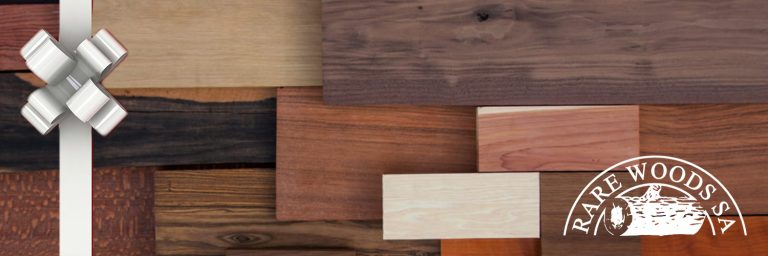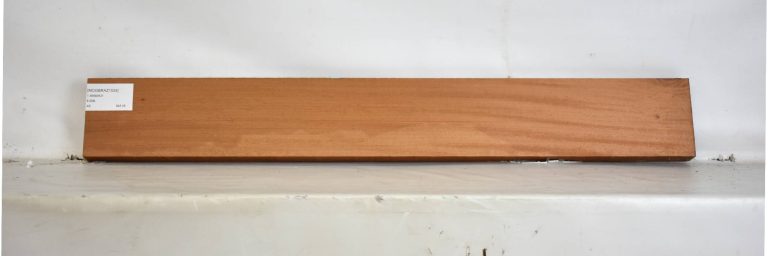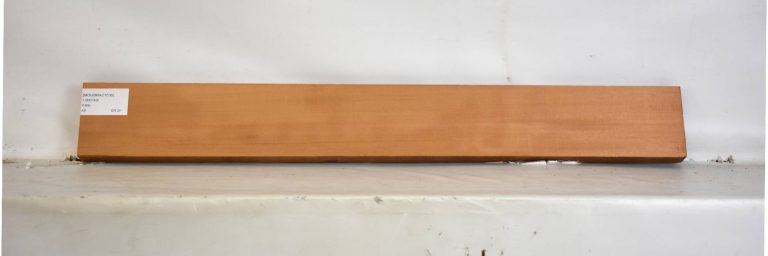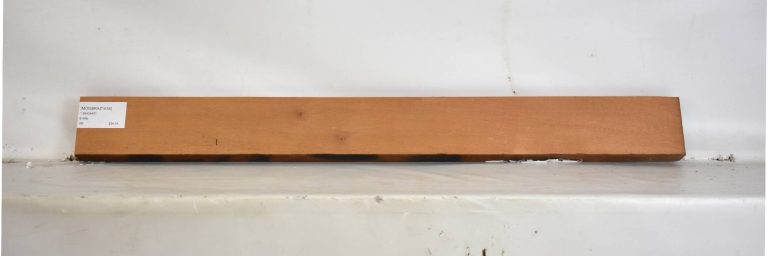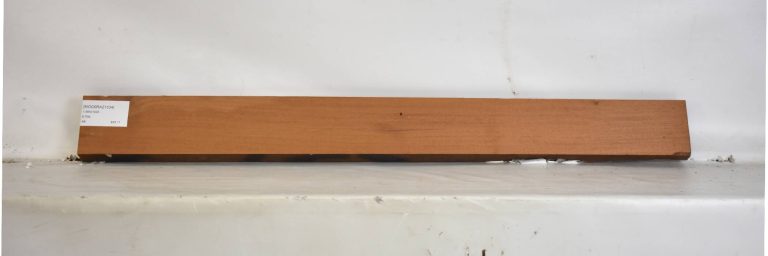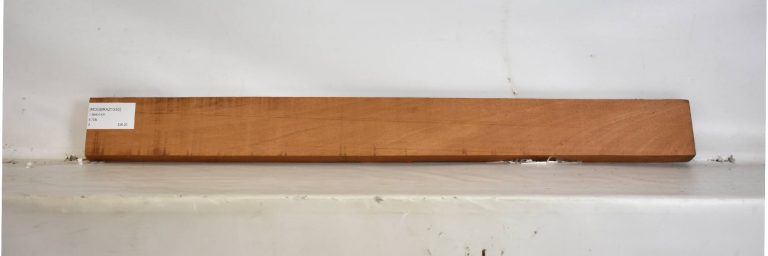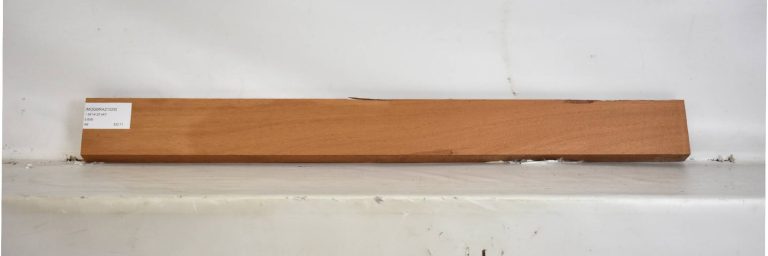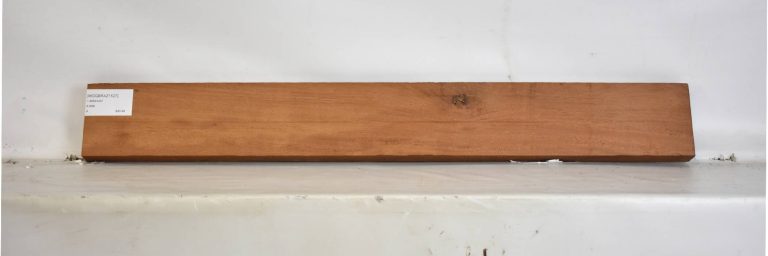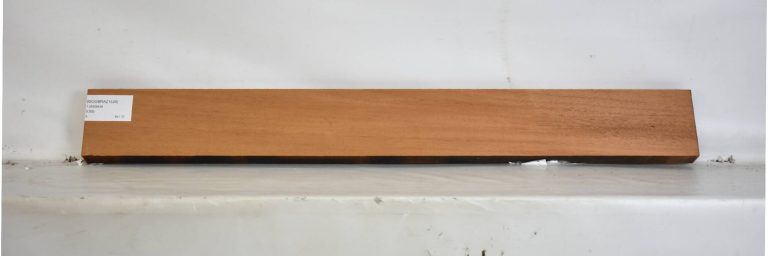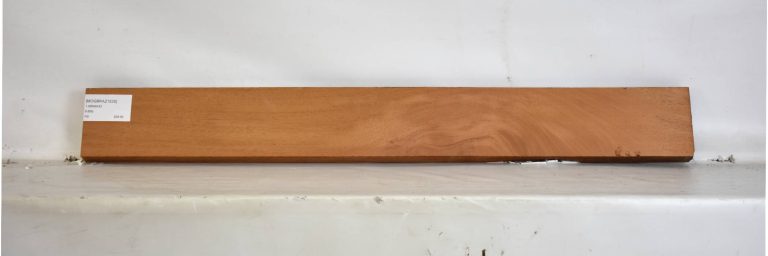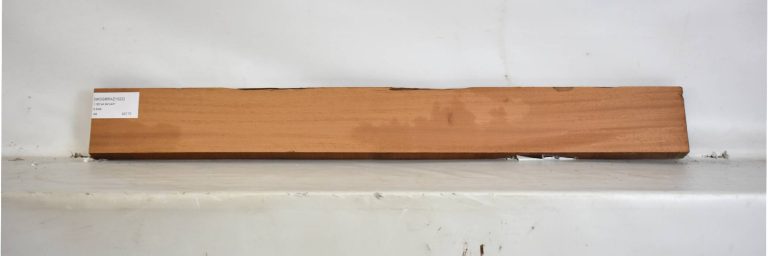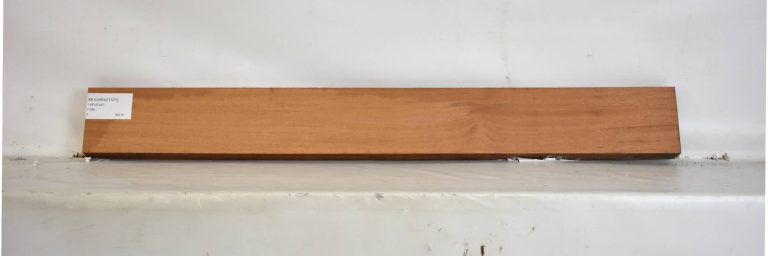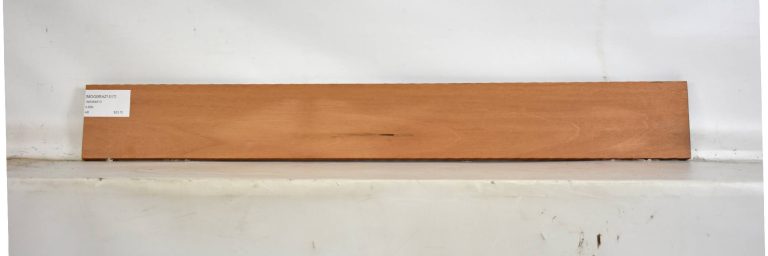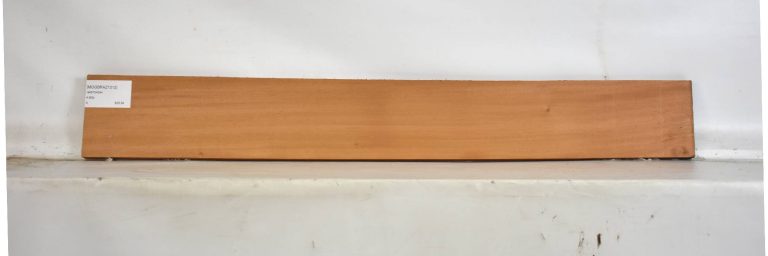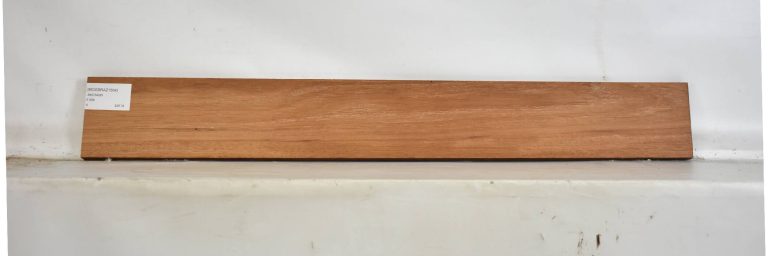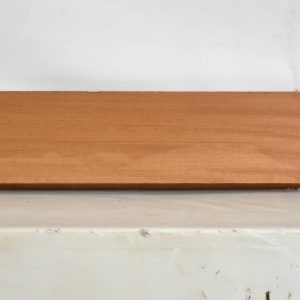Known in the US primarily as "Genuine Mahogany," Swietenia Macrophylla, its scientific name, is what most in the exotic lumber industry consider to be the true species when referring to "Mahogany." Historically, it has been a very economically important wood throughout the Latin America region. Its color can range from a pale pink to a light to medium reddish-brown, and it is renowned for its chatoyance. Grains vary; although generally straight, they can be interlocked, irregular or wavy, also. Its texture is fine and uniform, with a rich natural luster.
Lumber which originates from the wood's indigenous natural regions is considered to be significantly more durable and stable than its plantation-grown counterparts.
Once a mainstay in the cabinetry, furniture and guitar building industries, here in the US, Genuine Mahogany has become increasingly more difficult to source since its inclusion in CITES' Appendix II, in 2003. It is still imported, although a significantly high percentage are of plantation-grown origin -- which is less desirable and considered to be of inferior quality to that grown in native habitats.
While the net effect of all this has been to create a 'mahogany substitute' segment of the exotic wood import industry -- bringing woods such as Sapele and African Mahogany more into favor -- the demand for Genuine Mahogany hasn't waned.




